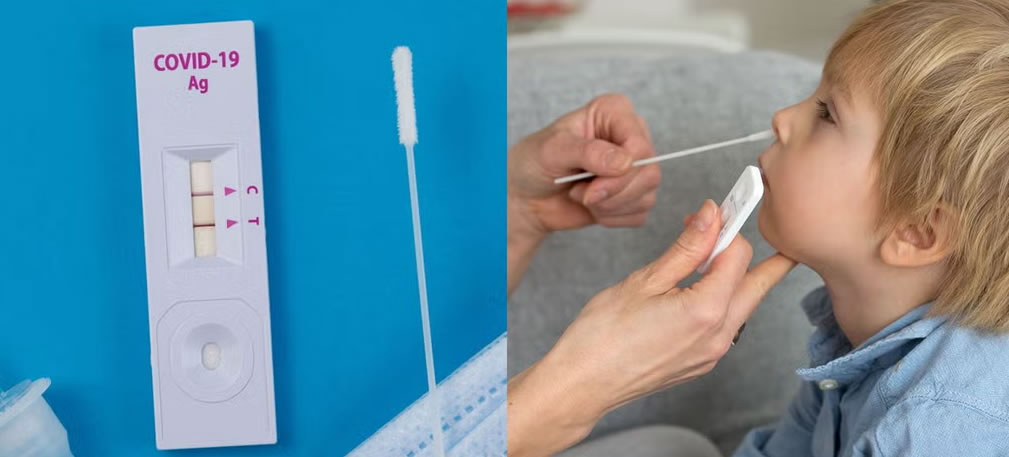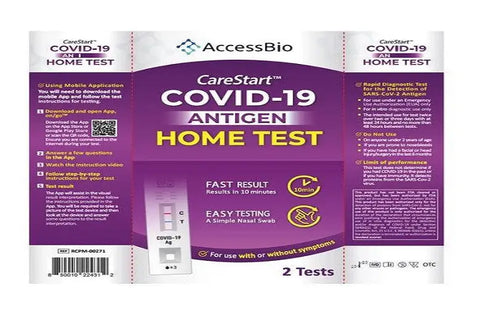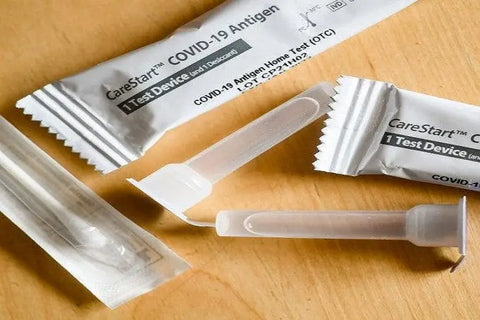No Products in the Cart

The COVID-19 pandemic has had a profound impact on the way we live our lives. One of the most significant changes has been the widespread adoption of Carestart COVID-19 antigen home test kits. These kits allow people to test themselves for the virus without having to go to a doctor's office or clinic.
At-home Carestart COVID test kits were initially in high demand during the pandemic's early stages, when limited testing resources were available. However, even as the pandemic has subsided, at-home test kits remain a popular option for many people. In this blog post, we'll cover why people still use at-home COVID test kits and whether they are safe or not. Read out to learn...

There are a number of reasons why people continue to use at-home test kits. Some of the reasons are:
At-home test kits can be a valuable tool for managing the COVID-19 pandemic. They can help people to identify their infection early, so that they can take steps to protect themselves and others.
The FlowFlex COVID-19 antigen home test kits are used in a variety of settings today. They are commonly used by people who have symptoms of COVID-19, but they can also be used by people who have been exposed to the virus or who are planning to travel.
Home test kits can also be used by businesses and organizations to screen employees and customers. This can help to reduce the spread of COVID-19 in the workplace and in other settings.
The accuracy of home test kits varies depending on the type of test. Antigen tests are generally less accurate than PCR tests, but they are still a valuable tool for detecting COVID-19.
In clinical trials, antigen tests have been shown to be about 80% accurate at detecting COVID-19. This means that for every 100 people who are infected with COVID-19, the test will correctly identify about 80 of them.PCR tests are more accurate than antigen tests, but they are also more expensive and time-consuming. In clinical trials, PCR tests have been shown to be about 95% accurate at detecting COVID-19.

Home test kits are generally safe to use when they are used according to the manufacturer's instructions.
However, there are some potential risks associated with using these kits.
For example, if the test is not performed correctly, it may produce inaccurate results. Additionally, some home Carestart COVID test kits contain chemicals that can be harmful if they are swallowed or come into contact with the skin or eyes.
The future of home test kits is uncertain. However, it is likely that some kits, like Carestart COVID-19 antigen home test kits, rapid strep test kits at home, or Binaxnow COVID test kits, will continue to be used for managing the COVID-19 pandemic and other infectious diseases.
As the technology for home test kits continues to improve, these kits may become more accurate and easier to use. Additionally, as the cost of home test kits decreases, they may become more affordable for everyone.
Overall, home test kits are a valuable tool for managing the COVID-19 pandemic and other infectious diseases. These kits are convenient, easy to use, and relatively inexpensive. As the technology for home test kits continues to improve, these kits are likely to become even more popular in the future.